One of the many joys of self-publishing is the ability to control anything and everything about your book. The full control self-publishers have is a great blessing but it can be a problem; when you control everything alone how do you know what size your cover should be, which online distributors work best for you, and should you get an ISBN or not?
We created this self-publishing blog to be a resource for YOU. To help steer you in the right direction (if that leads you to our services or not – we want what is best your you and your book!) Today we’ll be covering the topic of fonts for eBooks. Which font should you use? What size font? Should you use different fonts in the same book? Well, let’s start from the beginning.
Regardless of the font you choose for your eBook manuscript, once the file is converted to ePUB format, the CUSTOMER will decide which font they want to read your book in. What do I mean? Well look at any of the ereaders out there, Kindle, Nook, when you open an eBook you have the option to change the font (make it bigger, smaller, pick a new typeface, and even change the line spacing). This is one of the advantages of an eReader- no need to worry about tracking down a large print version of that book you want if you have trouble reading, hate a font? Well you have a selection to choose from. In the age of technology this is just one of the benefits.
Now that we know CUSTOMERS choose the font they want to read in, what should you pick as the author? When it comes to fonts, we recommend that you use only ONE font in your book, and that it be a standard one: Arial, Times New Roman, or Courier. Why? Because the conversion process will go smoothly if you avoid very large or very small font sizes and having one constant font verses multiple fonts. We also recommend 12pt font size for body text and 14-18pt for chapter titles. Following these guidelines for your eBook will make the conversion process much easier and faster (as you’ll avoid some of the crazy formatting issues that can come up – things like drop caps can become a nightmare for eBook conversion). As the author you want to make the best product and we want to help. With these guidelines you will save yourself and your formatter from many frustrations and get that book out there into the hands of readers everywhere.
__________________________________
Kate Tilton is the marketing associate for BiblioCrunch, an author assistant, and a book blogger.
Kate is also a proud host of #indiechat, Tuesdays at 9pm EST.
You can connect with her on her website, Twitter, or BiblioCrunch.

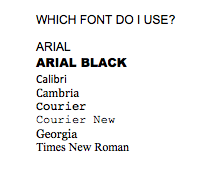
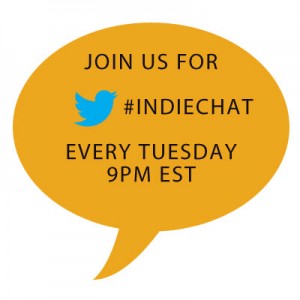
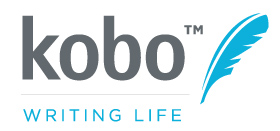
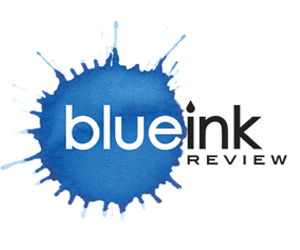
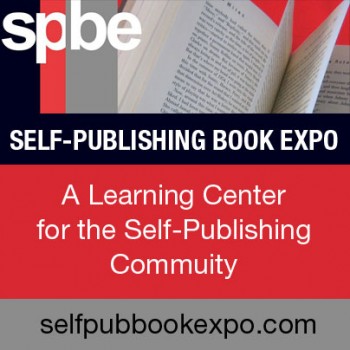
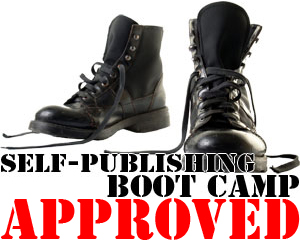
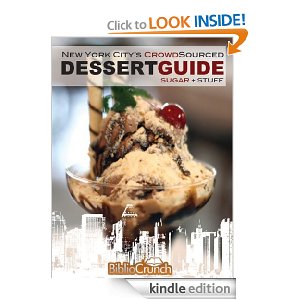
Follow Us!